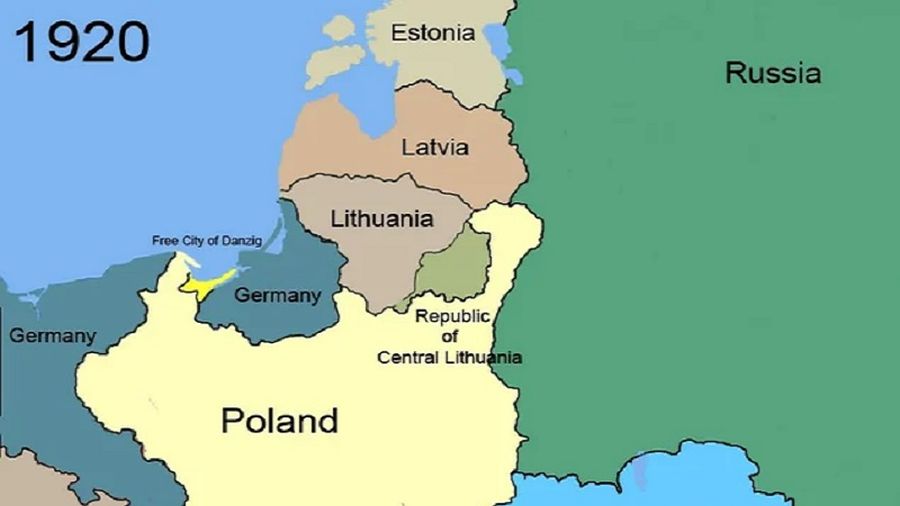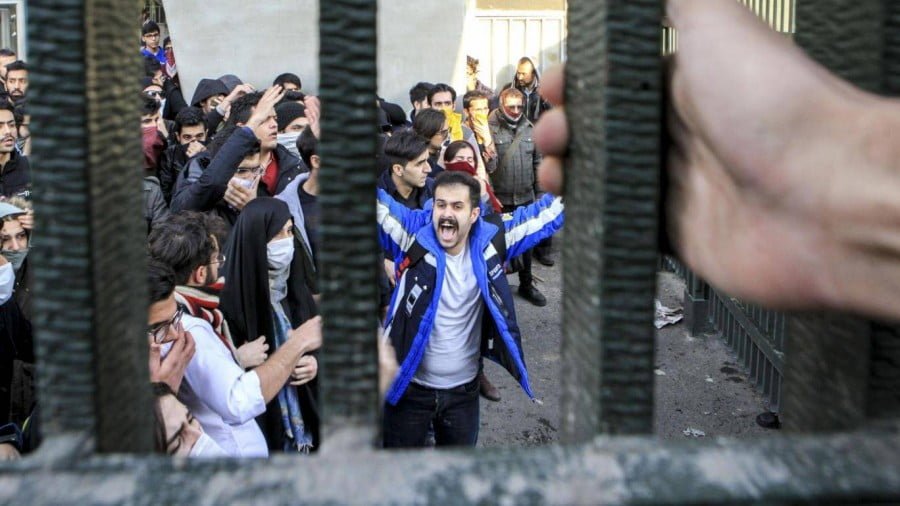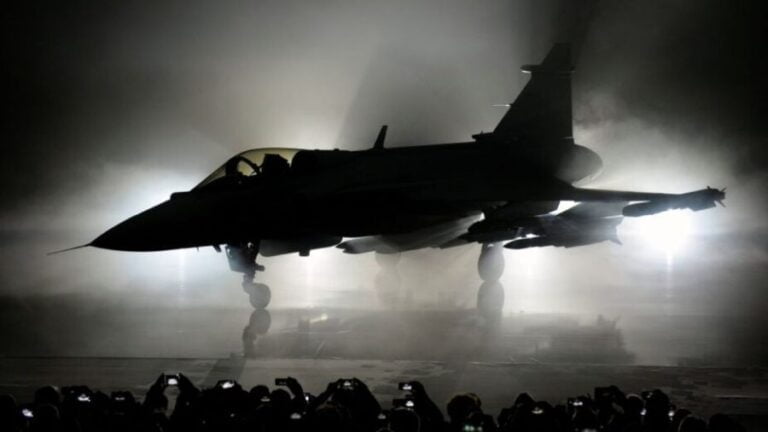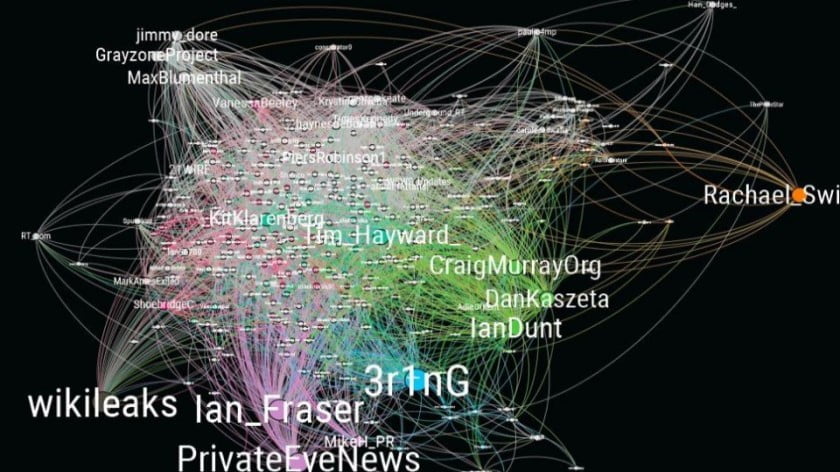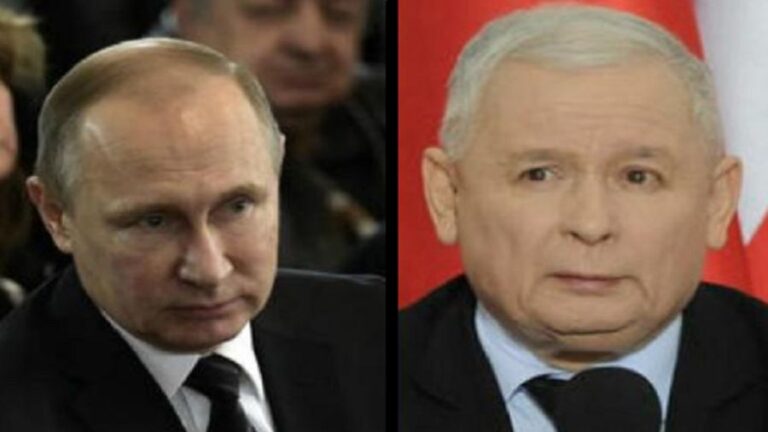The “Central Lithuanian” Precedent Discredits Poland’s Contemporary Criticism of Russia
The casual information consumer who only follows the latest headlines and doesn’t know much about Central European history might be shocked to discover that Poland did the same thing to Lithuania from 1920-1922 as Russia has been doing to Ukraine from 2014 until the present day, especially when Warsaw never tires of ranting against Moscow nowadays.
Poland has recently taken it upon itself to become the most anti-Russian force in the world after Prime Minister bragged about setting the global standard for Russophobia and then ridiculously claimed that President Putin is more dangerous to the world than Adolf Hitler ever was. He also declared that “This Russia is totalitarian, it’s nationalistic, it’s imperial, and this Russia wants to re-establish the Russian empire and a post-Soviet Union type of state.” Poland’s pretext for doing all of this is Russia’s ongoing special military operation in Ukraine, which seems increasingly likely to result in the reunification of the former Novorossiya region (whether in whole or in part) with its historical Russian homeland along the lines of the Crimean scenario following the latest signals to that end coming from the Kherson Region.
Warsaw’s stance is extremely hypocritical though since it did almost exactly the same thing in Lithuania right after World War I as Moscow is doing in Ukraine during the New Cold War. Most of the world isn’t aware of it since Poland doesn’t promote this page from its history to foreign audiences nor do most Poles feel comfortable discussing it with non-Poles given the current international political context, but there once existed such a thing as the “Republic of Central Lithuania”. It’s difficult to find information about it in English beyond Wikipedia and the sources connected to that online encyclopedia’s article on this topic but it nevertheless still exists for those intrepid enough to learn about this “forbidden history” that’ll now be briefly described in the present piece.
Post-independence Poland initially sought to militarily regain all the territories that were previously under the control of the Polish-Lithuanian Commonwealth. This resulted not only in the Polish-Soviet War that briefly saw Polish forces conquering Kiev, but also the Polish-Lithuanian War that was waged throughout the course of that larger conflict. Poland wanted to incorporate the historic Lithuanian capital of Vilnius into the Second Polish Republic that had with time come to be populated with vastly more Poles than Lithuanians. A day after agreeing to a ceasefire known as the Sulwalki Agreement on 7 October 1920, Polish General Lucjan Zeligowski staged a false flag mutiny at the orders of Warsaw to establish the self-proclaimed “Republic of Central Lithuania” around the disputed Vilnius region.
This unrecognized polity eventually held elections that predictably resulted in the authorities requesting their region’s reunification with its historic Polish homeland in 1922. While the international community eventually recognized the new Polish-Lithuanian frontier, the second-mentioned state didn’t until it was coerced by Warsaw under the threat of war in early 1938. Upon Lithuania’s accession to the Soviet Union in 1940, which Moscow regards as having been legal in the eyes of international law while that Baltic State’s post-independence authorities and the rest of the international community at the time considered to be an “occupation”, Stalin returned the Vilnius region to that country where it remains to this day. This makes it all the more hypocritical that its leaders hate their Soviet-era past so much.
The casual information consumer who only follows the latest headlines and doesn’t know much about Central European history might be shocked to discover that Poland did the same thing to Lithuania from 1920-1922 as Russia has been doing to Ukraine from 2014 until the present day, especially when Warsaw never tires of ranting against Moscow nowadays. Both the Second Polish Republic and the Russian Federation unilaterally changed the geopolitical situation in their regions through means that weren’t recognized by the international community but which resulted in the reunification of historic regions with their motherlands. In fact, that description – “returning to its motherland” – is exactly how Poland’s TV Republika described that event in their article about it during the centenary this February.
Lithuania’s Vilnius, just like Ukraine’s Lvov that the Second Polish Republic controlled after the West Ukrainian People’s Republic that emerged from the Polish-Ukrainian War ultimately merged with it, is considered an historical Polish city that’s inseparable from its people’s identity. The difference between the Republic of Central Lithuania and the West Ukrainian People’s Republic is that the first-mentioned was created by Warsaw through a false flag operation while the second was organically established on its own, which is why the latter isn’t the focus of the present piece even though it’s still important to touch upon it in the larger context. The Russian analogues of Vilnius and Lvov are Odessa and Sevastopol among other cities in Lenin’s unnatural mini-empire that’s crumbling before the world’s eyes right now.
The Second Polish Republic’s experience with the Republic of Central Lithuania makes it all the more hypocritical that its successor state criticizes Russia’s almost exact replication of Warsaw’s modus operandi from the interwar period for democratically reunifying with its historical lands in Ukraine in the present day. Poland doesn’t want to discuss that period of its history and any talk about it is hushed up by the media in order to avoid “dividing the anti-Russian alliance” that the US is trying to solidify in the region even though Lithuanians still feel very strongly about that time. That’s why those observers who are so surprised upon discovering these facts should loudly agitate on social media for the Polish government and its people to explain how this is any different from what Russia’s doing today.

